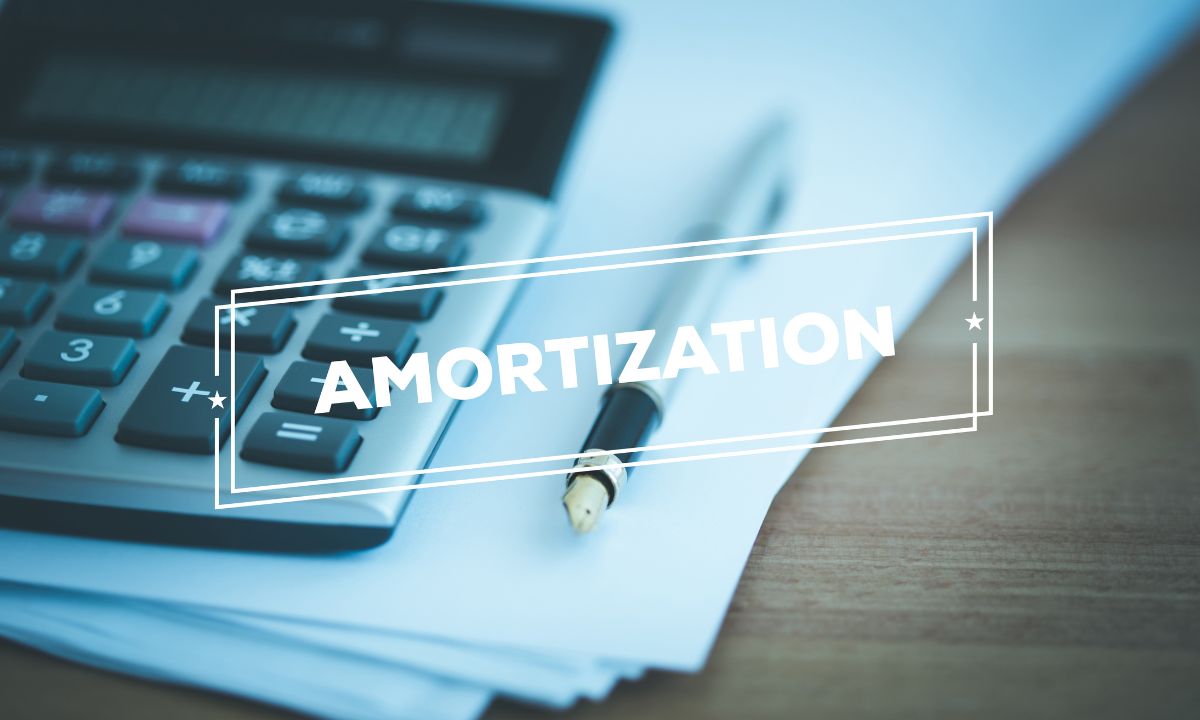What is a Flex Payment Mortgage?
 Understanding your options when shopping for a mortgage is crucial to making the best financial decisions. One option that is not well known is the Flex Payment Mortgage. But what exactly is it, and how can it benefit you?
Understanding your options when shopping for a mortgage is crucial to making the best financial decisions. One option that is not well known is the Flex Payment Mortgage. But what exactly is it, and how can it benefit you?
Understanding the Basics
First and foremost, a Flex Payment Mortgage is a type of home loan that offers borrowers the flexibility to adjust their monthly payment amounts. Unlike traditional mortgages with fixed monthly payments, this mortgage type allows you to choose from several payment options each month. These options typically include a minimum payment, an interest-only payment, a fully amortizing payment, and a payment that’s higher than the fully amortizing one.
The Flexibility Advantage
The primary advantage of a Flex Payment Mortgage is its flexibility. For instance, if you experience an unexpected expense or a temporary decrease in income, you can opt for the minimum payment. On the other hand, when your financial situation improves, you can make larger payments to pay off your mortgage faster.
How It Works
So, how does it work? Each month, your lender will provide a statement outlining the different payment options available. You can choose the one that best fits your current financial situation. It’s important to note that while the flexibility can be beneficial, opting for minimum or interest-only payments for extended periods can result in higher overall interest costs and a slower reduction of your loan principal.
Is It Right for You?
Transitioning to whether this mortgage type is right for you, it’s essential to assess your financial habits and long-term goals. Flex Payment Mortgages are ideal for borrowers who anticipate fluctuations in their income or expenses. However, if you prefer a consistent payment schedule and are focused on paying off your mortgage quickly, a traditional fixed-rate mortgage might be more suitable.
Considerations and Risks
It is crucial to consider the potential risks. Regularly choosing the minimum payment option can lead to negative amortization, where your loan balance increases instead of decreases. To avoid this, make sure to use the flexible payment options strategically and not as a constant practice.
A Flex Payment Mortgage offers a unique level of adaptability that can be highly advantageous for certain borrowers. By carefully evaluating your financial situation and understanding the terms, you can make an informed decision about whether this mortgage type aligns with your needs.

 Purchasing a home is a significant milestone, but the process can be intimidating, especially when it comes to saving for a down payment. Fortunately, Down Payment Assistance (DPA) loans offer a solution that can make homeownership more accessible. Let’s discuss how DPA loans work, their benefits and drawbacks, and the steps involved in leveraging these loans for your home purchase.
Purchasing a home is a significant milestone, but the process can be intimidating, especially when it comes to saving for a down payment. Fortunately, Down Payment Assistance (DPA) loans offer a solution that can make homeownership more accessible. Let’s discuss how DPA loans work, their benefits and drawbacks, and the steps involved in leveraging these loans for your home purchase. When selecting a mortgage, one of the most critical decisions is choosing the right amortization schedule. This choice significantly impacts your monthly payments and the total interest you’ll pay over the life of the loan. Here, we’ll compare three common amortization options: fixed, graduated, and interest-only.
When selecting a mortgage, one of the most critical decisions is choosing the right amortization schedule. This choice significantly impacts your monthly payments and the total interest you’ll pay over the life of the loan. Here, we’ll compare three common amortization options: fixed, graduated, and interest-only.